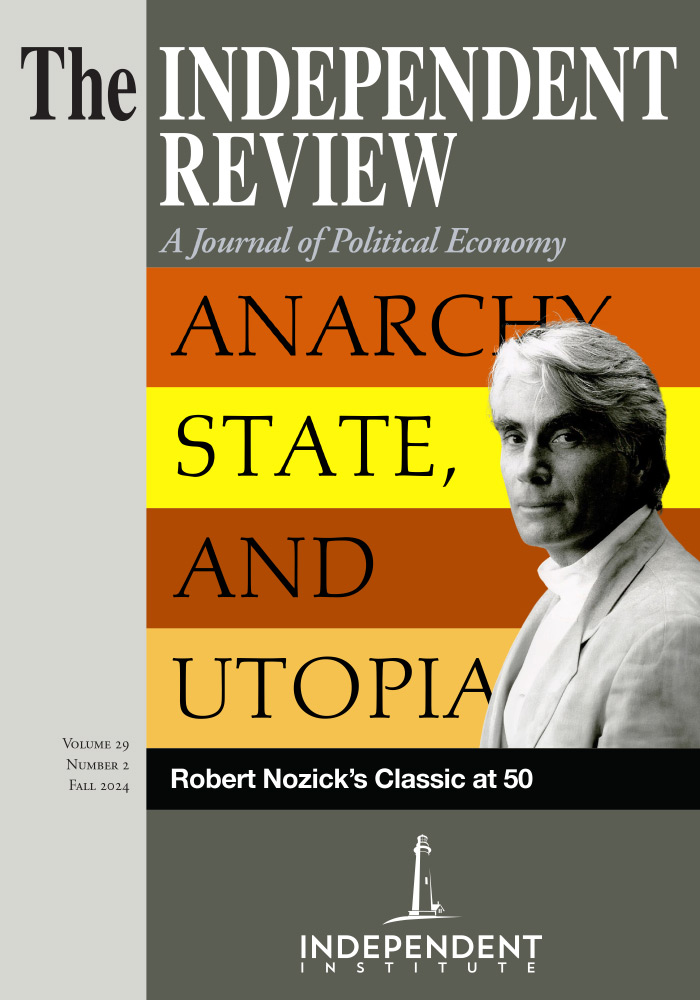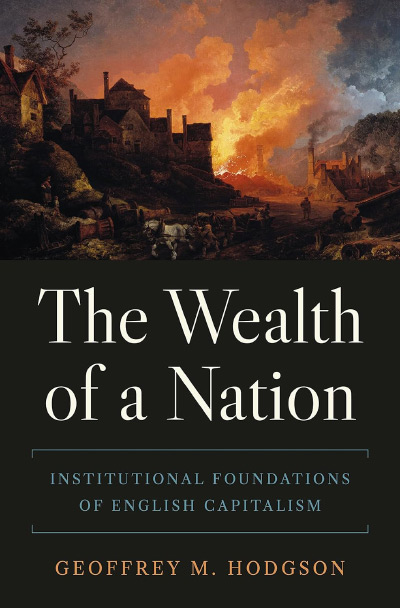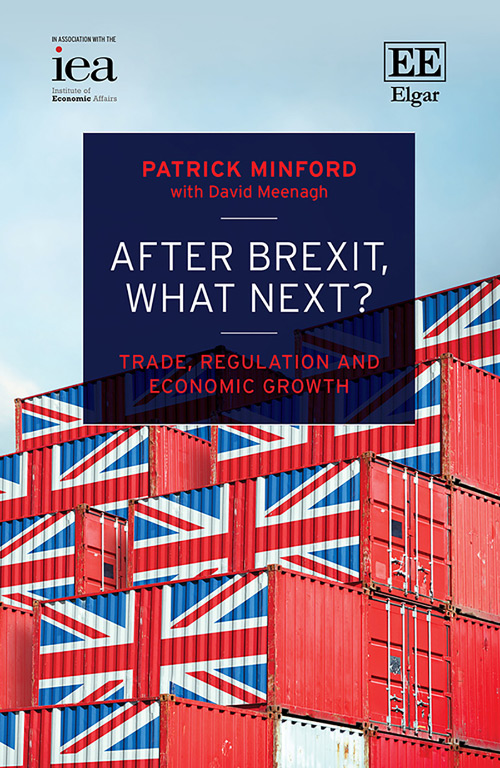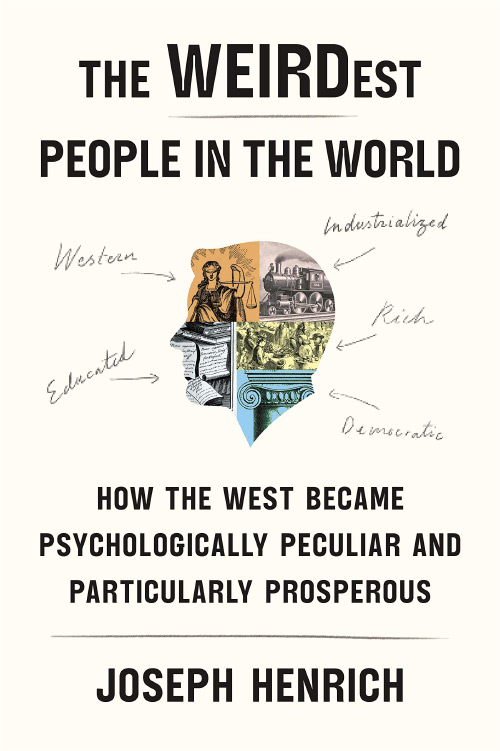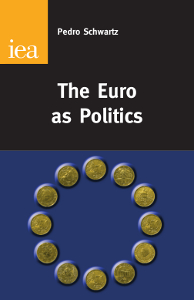In the 1990s, following the Fall of the Soviet Union and the Washington Consensus, mainstream thinking in economics and development turned towards institutions. This turn was, in many respects, a return as institutional analysis had been an important part of the toolkit of economists prior to the rise of mathematics within the discipline.
Perhaps inevitably, however, in its rise to prominence, this story about the role of institutions in economic history—and particularly in British economic history—became simplified and compressed. It became an ideal type and, in some cases, a cliché. A folk wisdom arose about “getting the institutions right,” which implied that there was a simple recipe about which institutions worked and which did not. I recall being told with certainty by economists, who were not economic historians, that the Glorious Revolution had ensured the security of private property and that this provided the incentives for the rapid, take-off style economic growth that resulted in Britain during the Industrial Revolution.
Of course, this simplified account can be tracked down to the seminal paper by Douglass North and Barry Weingast on the Glorious Revolution (“Constitutions and Commitment: The Evolution of Institutions Governing Public Choice in Seventeenth-Century England,” Journal of Economic History 49, 803–32, 1989) and to various iterations on a similar theme by subsequent scholars, most notably Daron Acemoglu and James Robinson’s 2012 book Why Nations Fail (New York: Crown Business). The version of the institutionalism absorbed by the economics profession was not so much wrong as it was too stylized to be anything but a starting point for analysis.
Even at the time, economic historians picked away at many aspects of this story—pointing out that many changes attributed to the Glorious Revolution took several decades to be worked through, that many property rights were secure long before the Glorious Revolution, and that many institutions in England remained incongruent with economic growth into the twentieth century (see discussion in Mark Koyama and Jared Rubin, How the World Became Rich, Cambridge: Polity Press 2022, pp. 145–46 and Noel Johnson and Mark Koyama, Persecution and Toleration, Cambridge: Cambridge University Press, 2019, pp. 174–180 for references). Numerous scholars added much to our understanding of financial markets, political institutions, and the problems of sovereign debt.
Subsequent reworkings of British national accounts, moreover, suggested that productivity and per capita income rose considerably in the seventeenth century—i.e., before the Glorious Revolution—and that growth in the classic Industrial Revolution (c. 1770–1850) was slower than previously thought as argued by Stephen Broadberry and coauthors (British Economic Growth, 1270-1870, Cambridge: Cambridge University Press, 2015). International trade and perhaps the slave trade may have been more significant than previously supposed.
But until now we did not have a compelling and detailed account of institutional development in England over the long durée. Geoffrey Hodgson is well placed to provide such a synthesis. Founder and long-time editor of the Journal of Institutional Economics, Hodgson has written a number of insightful books on the role of evolution in economic thought, and on both the old and the new institutional economics. The Wealth of a Nation provides a non-teleological and historically grounded account of the slow, often haphazard institutional development of the English economy from the Middle Ages to the Industrial Revolution and beyond.
This is a scholarly volume and not an attempt at capturing the elusive popular market. The structure of the book provides clues to Hodgson’s approach. The two chapters that follow the introduction focus on rival theoretical frameworks: Karl Marx’s approach (Chapter 2), and the more recent scholarship of Max Weber, Richard Tawney, North, Deirdre McCloskey, and Joel Mokyr (Chapter 3). Hodgson’s own approach is developed in Chapters 3, 4, and 5 on the importance of land, finance, and industry.
The final chapter is spent on a comparison with Japan. Careful attention is paid throughout to both the historical record and to the secondary literature that has arisen within a large number of different literatures that span both economics and history.
Hodgson’s book will be extremely useful for scholars of England’s economic and political development. Historians should read and engage with it to see how scholars in institutional economics have wrestled with the problems and questions thrown up by English history. Economists should read it to get a sense of the how messy and detailed the process of institutional change can be. It does a great job both summarizing the voluminous literature of the past three decades on the development of financial and political institutions in England before the Industrial Revolution, and in presenting the author’s own nuanced and sophisticated position.
In his acknowledgements, Hodgson thanks McCloskey, Mokyr and North; and, in a sense, you can read the book as a sustained engagement with—and criticism of—the work of North on institutions and their role in English development. In the central chapter of the book, Hodgson outlines what is wrong with the North and Weingast (1989) argument. Contrary to their main claims, while some property rights were at risk under the Stuarts, the majority were secure long before 1689. North and Weingast, moreover, focused exclusively on whether property was secure from expropriation from the monarch. They neglected the risk of expropriation from Parliament which grew after 1689. The most famous examples of these are the Parliamentary land enclosures that increased markedly in the eighteenth century. North and Weingast’s focus on the security of property rights also neglected the content of property rights; many feudal property rights were impediments to the productive reallocation of resources. Finally, Hodgson charges them with neglecting restrictions on finance which made it hard to borrow against the value of land.
This is crucial for Hodgson as he argues that collateralizable property and credit creation were the critical institutional innovations. These developed gradually over the course of the seventeenth and eighteenth century and were stimulated by the growth of the British state and its frequent involvement in overseas war.
Near continuous conflict pushed the British state to develop more sophisticated financial and borrowing arrangements which, in turn, “created new incentives and possibilities for the use of landed property as collateral to finance investments, infrastructure, and industry” (p. 151). In Chapter 5, he outlines the plausibility of his argument that finance capital was important for the Industrial Revolution itself. But the chapter concludes with a call for further research into questions such as the extent to which businesses were self-financed out of savings or relied on loans and on the extent to which these loans were collateralized based on land. Hodgson ends the chapter noting that “there is much empirical research still to be done to gauge the role of financial institutions in the British Industrial Revolution” (p. 183).
A key theme of the book is gradualism. Institutional change, including changes that Hodgson thinks other scholars have undervalued, such as the development of financial institutions, typically took many decades or longer to occur. Another example of this is that in contrast to older Marxist approaches that sought to date the decisive rise to power of the bourgeoise to the sixteenth or seventeenth centuries, Hodgson sees a centuries long conflict between the landed gentry and the rising commercial class, with the former retaining considerable power into the twentieth century.
Different readers will get different mileage out of The Wealth of a Nation. Some of the qualities of the book that make it valuable for scholars, including myself, will likely reduce the attractiveness of the book for other readers. For example, Hodgson should be commended for crediting and engaging with other scholars. As this is a book that largely draws on the secondary literature for its raw materials, this is important. By bringing together scholarship by historians, economic historians, and economists, Hodgson provides a considerable service to the profession. I will comb through his footnotes for my own research. Nonetheless, non-academic readers may be turned off from this style.
A related characteristic of the book is that Hodgson’s key arguments often come into sharper definition when he contrasts his account with rival explanations. He is better in critiquing existing explanations than in putting forward his own thesis. This is an issue in the final section of the book, which seeks to draw lessons from history. The main thesis of this section—that Darwinian explanations provide a coherent framework for understanding institutional change (a theme of Hodgson’s earlier work)—strikes me as underdeveloped. My own view is that Darwinian explanations provide a useful starting point for building explanations and models, but that ultimately for an institutional account of economic and political development to be useful it must deliver testable hypotheses. This may strike some as naïve positivism and vulnerable to the numerous criticisms that have been advanced against positivism in the last seventy years (Duhem–Quine, etc.), but I believe that this methodology has been extremely valuable in advancing our understanding of economic development.
Despite this criticism, I applaud The Wealth of a Nation as presenting a sophisticated set of arguments about institutional change over the long term, although I do not think it is the final word on the subject. In particular, one can agree with many of Hodgson’s arguments about the shortcomings or limitation of existing viewpoints (such as his criticism of North and Weingast or of McCloskey’s reductionist approach to institutions) without believing that he has fully substantiated his own position on the importance of finance capital. Indeed, I think Hodgson’s book is valuable in part because it raises many questions and topics for subsequent scholarship.
| Other Independent Review articles by Mark Koyama | |
| Winter 2017/18 | A Culture of Growth: The Origins of the Modern Economy |

